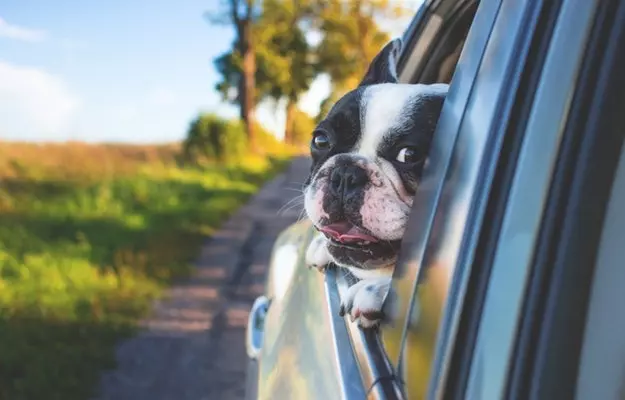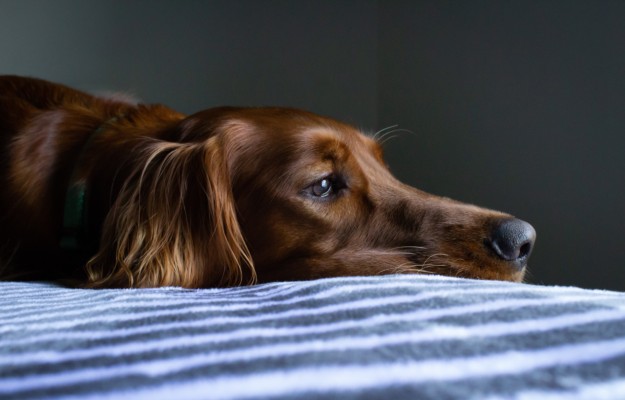Some dogs love going on car rides. They will happily ride shotgun or lie on the backseat as you experience life on the road with them. Since your dog would like to be with you at all times, it is great if things work out in the car.
More commonly, however, dogs don't look forward to car rides. The experience is unnatural and disorienting for them. They will whine and claw at the seats and windows and beg you to end the ordeal. Why is it this way? Most dogs don’t ride in cars very often, and when they do, it is usually to go to the vet. Dogs may associate the negative experience of going to the vet with a car ride and develop anxiety. Similarly, if their initial experiences with cars were unpleasant, the anxiety can persist throughout life. Since pups are impressionable, scary experiences stay with them for a long time.
Motion sickness involves anxiety while travelling in a moving vehicle. Younger dogs are more likely to experience motion sickness. The reason for this is that pups have vestibular (ear and brain) systems that are not fully developed. The inner ear canal, which transmits information to the brain regarding spatial awareness, is too small and cannot keep up with the sharp movements of car travels.
Dogs who get motion sick may exhibit symptoms like incessant whining, drooling in dogs, nausea and vomiting. Most forms of treatment involve home remedies and behavioural change therapies. Vets may prescribe anxiety and anti-emetic drugs in severe cases.
You might also be interested in: What to do if your dog has fleas






























